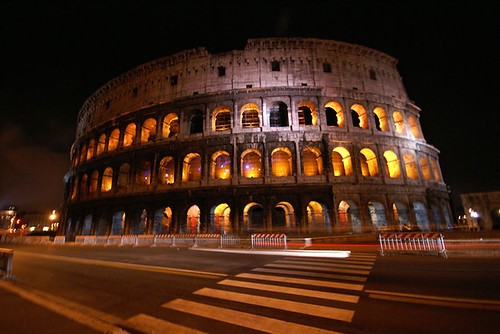RumDaddy
TPF Noob!
- Joined
- Jun 9, 2009
- Messages
- 210
- Reaction score
- 1
I want to one of those headlight tracer shots. My new ball head just arrived so my tripod is back in action. Ive been wanting to do one of those night shots of a downtown area where the cars headlights leave tracers. Id post a example but dont want to break any copyright rules.
How ever Im sure a ton of you know exactly what Im talking about.
And hey, for you beginners this could or may be a fun experiment or personal assignment that could help you expand your knowledge of photography as well as your amount of unique images. So feel free to follow along and give it a whirl.
All we need now is someone SMRTer then us. Someone who is wise in the ways of photography to coach us newbies in the right direction. So someone please share one of these shots and give us a break down of what ya did or how ya did. Please and thanks.
How ever Im sure a ton of you know exactly what Im talking about.
And hey, for you beginners this could or may be a fun experiment or personal assignment that could help you expand your knowledge of photography as well as your amount of unique images. So feel free to follow along and give it a whirl.
All we need now is someone SMRTer then us. Someone who is wise in the ways of photography to coach us newbies in the right direction. So someone please share one of these shots and give us a break down of what ya did or how ya did. Please and thanks.















![[No title]](/data/xfmg/thumbnail/35/35266-f58b019dadff6920c09071a847f052c3.jpg?1734166927)


